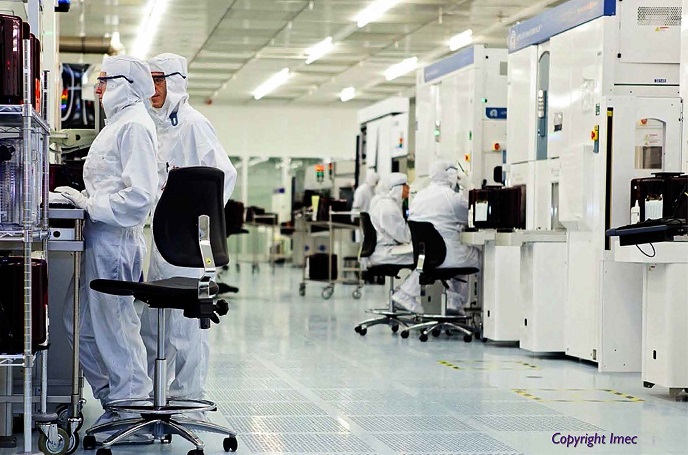Metal carbenes for organic synthesis
Metal carbenes are novel organometallic compounds containing a metal – carbon double bond. These can be deconstructed in two different ways changing the oxidation state of the metal involved. Harnessing the reactivity of metal carbenes offers the potential to grow conjugated single molecule wires from the metal centre for use in nanoelectronics. Scientists investigated the use of metal carbenes for industrially relevant organic synthesis reactions with EU-funding of the project 'Nanoscience with surface metal carbenes' (NASUMECA). In particular, they studied development of heterogeneous catalysts for olefin metathesis reactions involving the redistribution of alkenes (olefins) by breaking and regeneration of carbon–carbon double bonds. Olefin metathesis has gained attention because it creates few undesired side-products and hazardous waste compared to other organic reactions thanks to its relative simplicity. The team focused on single catalytically active sites in porphyrin molecules rather than on surfaces as originally planned because isolated metal atoms showed greater potential. Porphyrin molecules can host a variety of metal centres, playing critical roles in oxygen transport in the blood and in photosynthesis. The porphyrin metal centres also have excellent catalytic properties and can form metal carbenes. Scientists were able to metalate single layers of porphyrins without the formation of surface bound by-products and elucidated the underlying mechanisms. Results are expected to have high impact in the field of porphyrinoid metal chemistry. Researchers successfully used triruthenium dodecacarbonyl to create organometallic compounds in vacuum. This pointed to the possibility of using the same mechanism with other compounds to introduce metal centres not accessible with solid metal sublimation. Another such compound called triosmium dodecacarbonyl was in fact metalated thanks to mechanistic understanding of the process. Through extensions in laboratory capabilities and subsequent experimentation, the project has supported significant advances in the fields of organometallic chemistry, surface science and molecular self-assembly. Together with scientific training and fostering management skills, NASUMECA has ensured that a new generation of researchers can work on applications of socioeconomic relevance.







